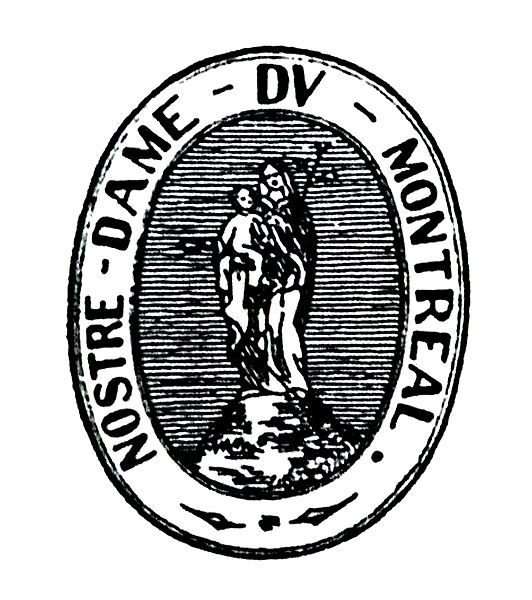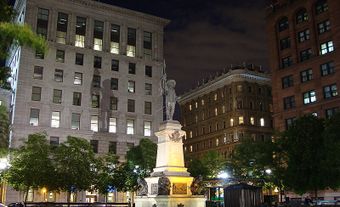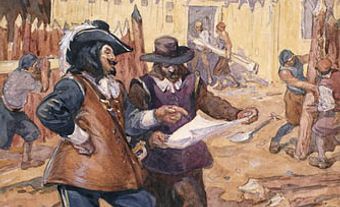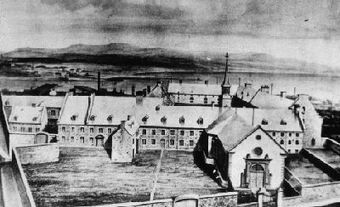The Société de Notre-Dame de Montréal pour la conversion des Sauvages de la Nouvelle-France (or Compagnie des Associés pour la Conversion des Sauvages) (our Lady of Montreal society for the conversion of the savages of New France or Company of partners for the conversion of the savages) was the missionary society that founded Ville-Marie (today’s Montreal). It was established in 1639 in Paris by a group of pious, influential individuals who wanted to found a colony in New France. (See Population Settlement of New France.)

Origins
At the death of his father in 1619, Jérôme Le Royer de la Dauversière acquired the noble title of seigneur of La Dauversière and began devoting his life to founding associations to help the sick and the poor. In 1635, he conceived the idea of founding Montreal. He already had some knowledge of New France from his contact, as a student, with Father Paul Le Jeune (the first compiler of the Jesuit Relations), François Ragueneau and other missionaries to New France, as well as with the future philosopher René Descartes.
In 1639, Le Royer de la Dauversière presented his plan for establishing an evangelical mission in New France. He met with Chancellor of France Pierre Séguier, who put him in touch with a group of pious, wealthy men who became his first partners. Together they founded the Société Notre-Dame de Montréal.
Colonization of Montreal
in 1640, the Société Notre-Dame acquired Montreal Island, and Le Royer de la Dauversière recruited his first group of colonists. He chose Paul de Chomedey de Maisonneuve to govern the new mission and Jeanne Mance to found a hospital there, the Hôtel-Dieu de Montréal. Jeanne Mance did such a good job of publicizing their plans that many noblewomen asked to meet her, including the Queen of France, Anne of Austria. In 1641, a wealthy widow, Lady Angélique Faure de Bullion, offered the Société Notre-Dame her financial backing to build the hospital. The financing needed for the expedition had soon been raised.
The enthusiastic group of French colonists, including Paul de Chomedey de Maisonneuve, Jeanne Mance and 40 faithful followers, sailed from the port of La Rochelle on 9 May 1641. Le Royer de la Dauversière stayed in France, where he worked to secure provisions for the colony and recruit new colonists. The group spent the winter in Quebec City, where the Jesuits called their plan a “mad undertaking.” In the spring, the small group continued upriver to Montreal Island, where they founded the mission of Ville-Marie on 17 May 1642.
For over 20 years, the members of the Société Notre-Dame supported this project actively. But the death of its founders — notably that of Le Royer de la Dauversière in 1659 — led to the society’s dissolution in 1663. After that, New France was promoted to the rank of a royal province, putting the colony’s destiny in the hands of King Louis XIV. Ville-Marie survived and prospered and soon became better known by the name of Montreal.

 Share on Facebook
Share on Facebook Share on X
Share on X Share by Email
Share by Email Share on Google Classroom
Share on Google Classroom



